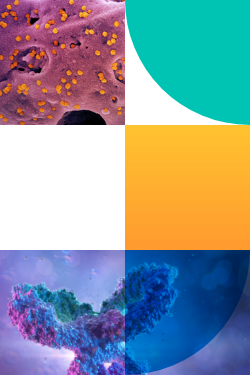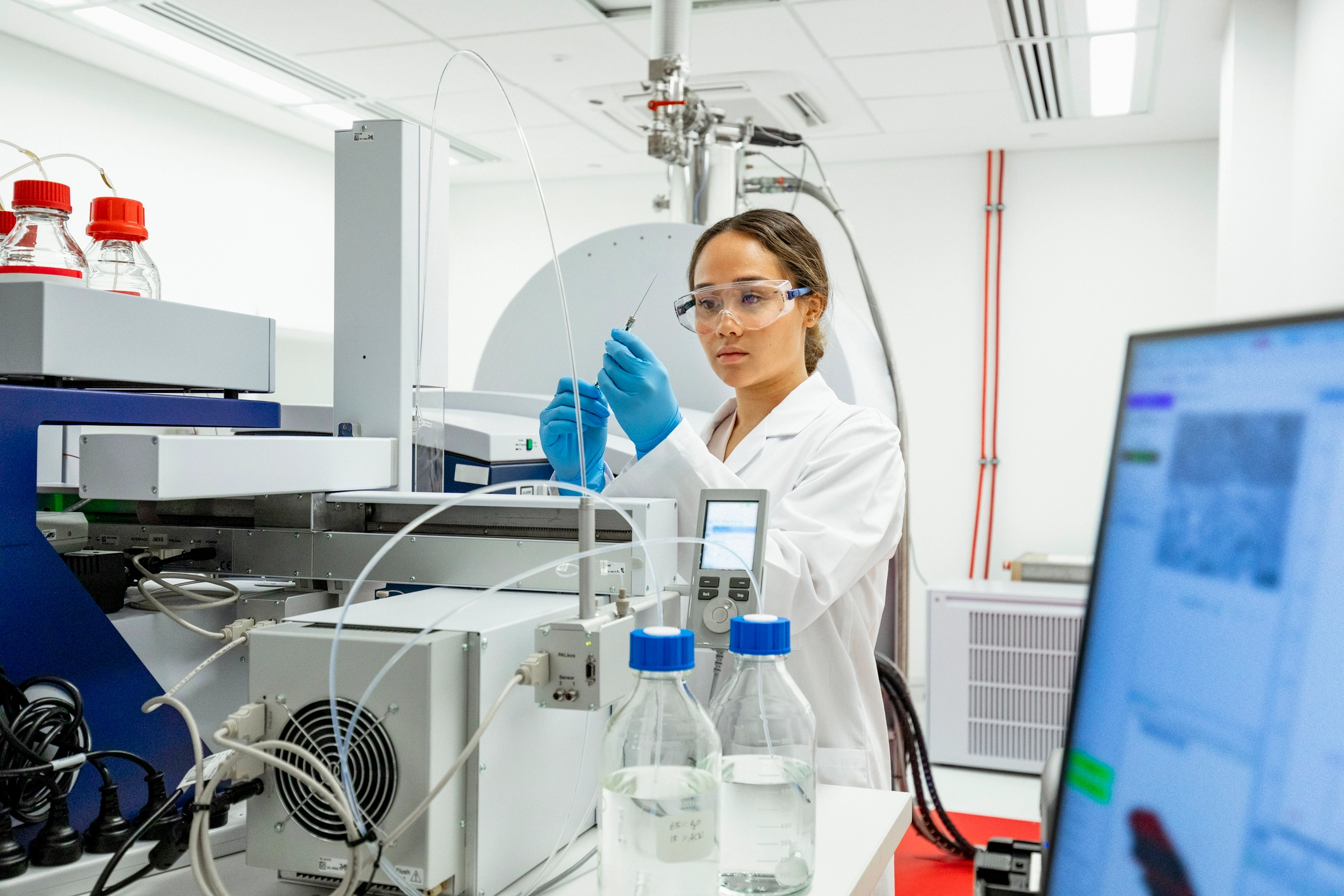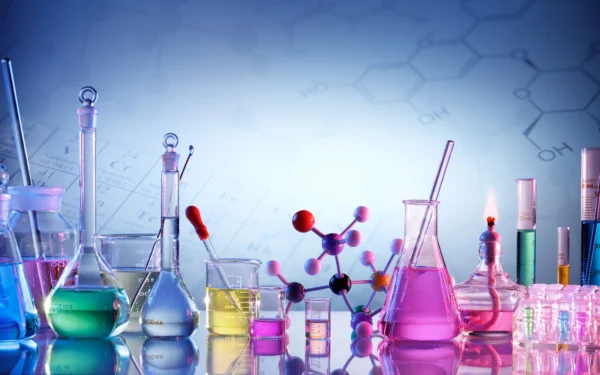In modern analytical chemistry laboratories, techniques like chromatography and spectroscopy are indispensable for separating and characterizing compounds. However, the traditional operation of these methods in isolation—across various instruments, software platforms, and data formats—introduces significant challenges. Fragmented systems lead to data silos, hinder comprehensive analysis, and obscure critical insights.
Adopting a unified platform that seamlessly integrates chromatography, spectroscopy, and data capture transforms these challenges into opportunities. Such integration automates communication between instruments and software, enabling faster and more comprehensive data analysis, thereby improving accuracy and efficiency across complex scientific workflows.
Bridging the gap: Overcoming fragmentation in analytical workflows
Despite advancements in instrumentation, many laboratories continue to operate with disjointed systems. Chromatography and spectroscopy instruments from different vendors and legacy data management systems often lack interoperability, creating obstacles to innovation and scientific discovery. Scientists frequently spend valuable time transferring data between systems, reformatting results, or manually transcribing information—processes that are time-consuming and prone to errors.
This fragmentation increases the cognitive load on scientists, diverting attention from critical analytical tasks. Ensuring regulatory compliance is challenging when documentation is scattered across different systems, which impacts traceability and data review processes.
These issues are amplified in high-throughput environments, such as biopharma research, where rapid cycles of method development, validation, and deployment are essential. Scientists need access to accurate, real-time data to track changes, trace metadata, and reuse validated analytical protocols across multiple instruments or sites.
Top features of an integrated analytical methods workflow
To address these challenges, laboratories are turning to unified digital platforms that seamlessly integrate their instruments and software for smooth data flow. The following features are essential for such integration:
Automated data capture
Real-time data acquisition from multiple instruments reduces the need for manual transcription, minimizing errors and ensuring that data flows seamlessly between instruments and from generation to storage and analysis. This automation preserves data integrity throughout the analytical methods lifecycle.
Centralized data storage
Unified data repositories, whether on-premises or cloud-based, simplify information retrieval, data sharing, and backup processes. Scientists gain timely access to both current and historical data, regardless of the technique or instrument used, enhancing data accessibility and collaboration.
Advanced analytics
Consolidating previously fragmented data allows for sophisticated analyses across harmonized outputs from various instruments. Machine learning (ML) and artificial intelligence (AI) algorithms can identify patterns in chromatography data and spectroscopy results that might be overlooked in isolated datasets. Predictive modeling tools help optimize analytical method parameters, accelerating scientific progress while maintaining accuracy and reproducibility.
Compliance-ready architecture
Integrated platforms come equipped with built-in compliance controls, including audit trails, electronic signatures, and safeguards for data integrity. Role-based access control is a key example—it restricts sensitive data access to authorized personnel, reducing the risk of intellectual property being accidentally exposed, deleted, or modified. These features ensure that regulatory requirements are met without additional effort from scientists, enhancing transparency and traceability across analytical method workflows.
Benefits of unified data management and integration in analytical methods labs
Implementing a unified approach to chromatography, spectroscopy, and data capture offers several advantages:
- Enhanced workflow efficiency: Eliminating manual processes and data transfer bottlenecks increases throughput across analysis and reporting workflows. Seamless method transfers between instruments and laboratories reduce setup times and expedite data review cycles, leading to faster project completion.
- Improved data accuracy and reproducibility: Automated data capture and transfer minimize human intervention, reducing errors and improving reproducibility. Scientists can achieve more consistent results across multiple instruments, particularly when working with standardized analytical methods protocols.
- Cost savings: Integrating analytical methods into a single digital platform reduces IT overhead by simplifying infrastructure and maintenance requirements. Scientists benefit from a unified user interface, which decreases the learning curve associated with using multiple systems.
- Scalability for evolving needs: Unlike disconnected systems that silo data and force scientists to navigate inconsistent interfaces, unified platforms are built to scale. They adapt easily to the evolving demands of chemistry labs, whether in research, quality control (QC), or manufacturing environments. New team members can be quickly trained on a unified interface, and new instruments can be added without disrupting established workflows.
- Better scientific decision-making: Robust integration of chromatographic and spectroscopic data provides holistic insights that drive more informed scientific decisions. For instance, compound characterization becomes more straightforward when correlating separation characteristics from chromatography with structural information from spectroscopy.
How data integration unifies chromatography and spectroscopy workflows
Let’s break down practical ways an ecosystem of tools, such as Electronic Lab Notebooks (ELNs), Laboratory Information Management Systems (LIMS), and informatics solutions, can unify analytical methods workflows:
ELNs enable connected, data-driven research
Intelligent chemistry lab software doesn’t just digitize lab notes; it creates a cohesive environment that automatically links experimental procedures to instrument-generated chromatography and spectrometry data. This structured approach promotes seamless communication between scientists, expedites data review, and improves decision-making by enabling faster retrieval of critical results and metadata.
Optimized and standardized analytical methods can be transferred between instruments with automatic parameter adjustments. When chromatography data is available in real time for comparison and trending, scientists can immediately detect deviations, compare results across instruments, and adjust calibration parameters immediately. This streamlines instrument calibration and reduces the need for cumbersome manual reconfigurations.
LIMS platforms centralize analytical workflows
The most effective LIMS solutions automate sample tracking, data acquisition, and metadata management, enabling labs to streamline manual processes, improve lab efficiency, and maintain audit trails for effortless regulatory compliance.
Scientists working with data-intensive analytical methods, such as liquid chromatography (LC), mass spectrometry, and proteomics workflows, benefit from seamless data accessibility and comprehensive reporting functionalities, which are critical for achieving faster project delivery and higher-quality outputs.
Whether chromatography and spectroscopy instruments are located in the same facility or distributed across global sites, a unified interface minimizes manual intervention during data transfer and enables smooth transitions between systems. This consistency enhances collaboration, reduces errors, and ensures data integrity throughout the analytical process.
Informatics tools enable faster decision-making
Leading chemistry labs leverage AI and ML capabilities to automate data processing and uncover insights across large volumes of chromatography data and spectrometry outputs. These tools provide comprehensive data analysis, timely access to results, and rapid data sharing—improving biopharma workflows while accelerating method development and validation.
By integrating these informatics solutions, laboratories can store data efficiently, maintain consistent performance across systems, and optimize the use of valuable resources, ultimately driving faster and more informed decision-making across projects and programs. When scientists need to reference informatics insights to guide the next step in a critical workflow, they can do so quickly and easily within a single, unified interface.
Advancing scientific progress via digital integration
Integrating chromatography, spectroscopy, and data capture under a unified platform enables researchers to focus more on scientific inquiry rather than administrative tasks. Embracing such integration positions chemistry laboratories to deliver faster insights, higher-quality data, and accelerated discoveries and innovation. By adopting modern informatics systems and predictive analytics tools, these labs can enhance their infrastructure, improve efficiency, and stay at the forefront of scientific research.





